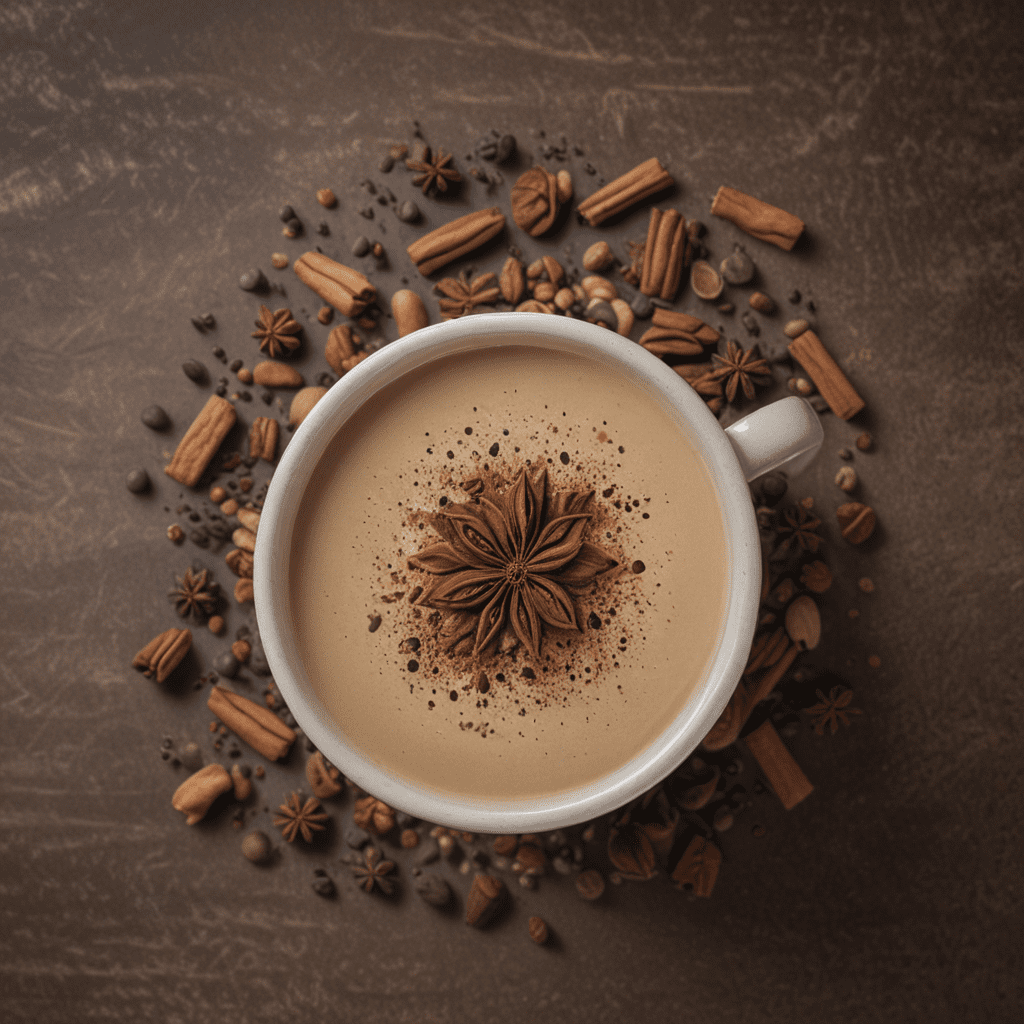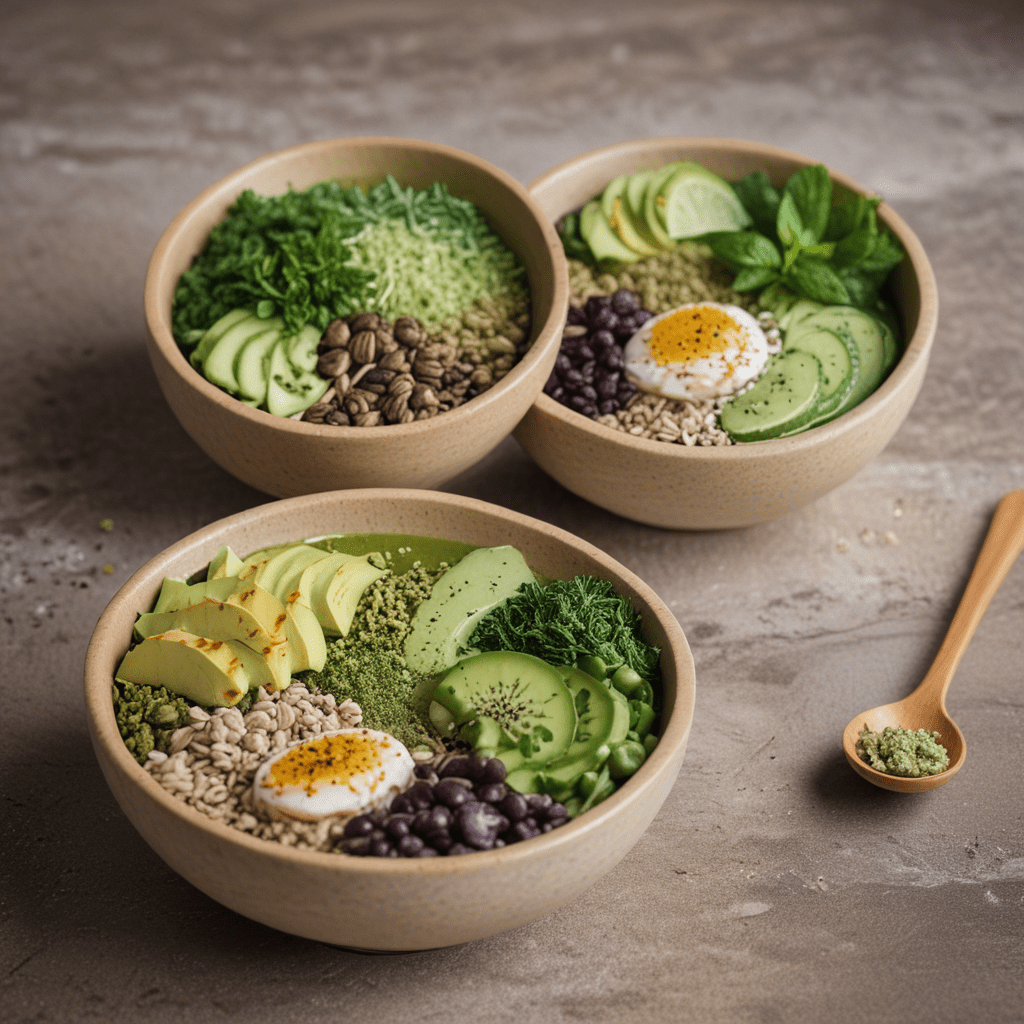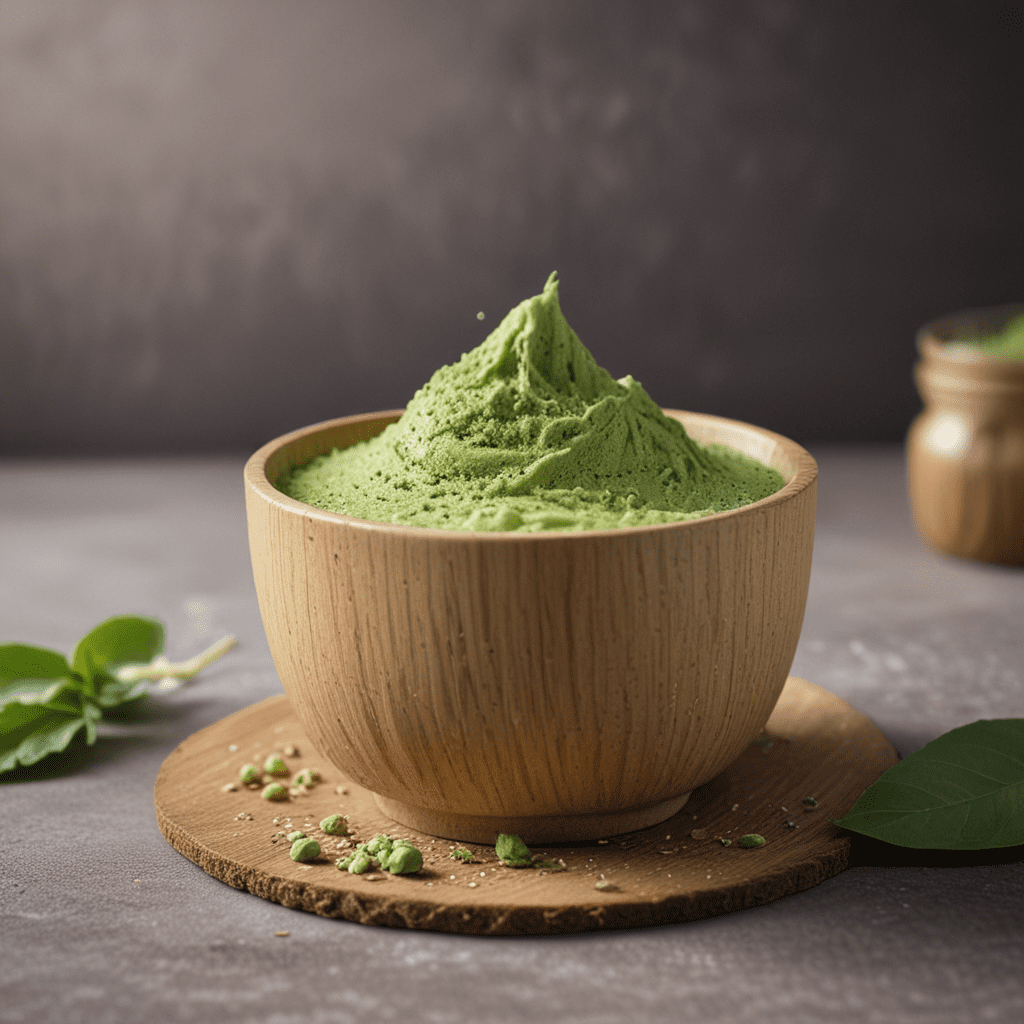Chai Tea: A Flavorful Fusion of Spices
Chai tea, a captivating blend of warming spices and invigorating black tea, has captivated taste buds for centuries. Its enchanting journey began in the vibrant lands of India, where it evolved from traditional Ayurvedic practices into the delectable beverage we cherish today.
Origins and History of Chai
Chai, an ancient Sanskrit word meaning "tea," traces its roots to traditional Indian medicine (Ayurveda). Believed to possess restorative qualities, the original chai was concocted using a medley of fragrant spices and herbs like ginger, cardamom, cinnamon, and black pepper, simmered together with tea leaves and milk. Over time, this aromatic potion gained immense popularity and became an integral part of Indian culture, often enjoyed as a soothing beverage or a revitalizing pick-me-up.
The Spice Blend: A Symphony of Aromas
Chai's alluring essence lies in its harmonious blend of spices, meticulously curated to awaken both taste buds and the soul. Each ingredient in the chai symphony plays a vital role: ginger adds its fiery zest, cardamom exudes a warm aroma, cinnamon brings a sweet spiciness, black pepper delivers a subtle piquancy, nutmeg lends its rich fragrance, and cloves offer a hint of exotic depth.
The Brewing Process: A Ritual of Taste
Preparing chai is an aromatic ritual that transforms humble ingredients into a tantalizing treat. Traditionally, it is simmered gently in a small vessel called a "kadai" or "pan" on an open fire or stovetop. Whole spices, coarsely crushed for optimal flavor extraction, are added to water along with loose-leaf black tea and freshly grated ginger. As the mixture gently simmers, milk is poured in, enriching it with creaminess and further intensifying the flavors. Finally, a touch of natural sweetener is added, balancing the symphony of spices with a hint of sweetness.
Variations and Adaptations: A World of Flavors
Chai's global journey has fostered countless variations and adaptations. The classic Indian blend has inspired myriad interpretations, each infused with regional nuances and cultural influences. Some contemporary adaptations incorporate spices like star anise or fennel, while others blend chai with herbal teas or infuse it with honey or sugar for a touch of sweetness. The result is a kaleidoscope of chai experiences, showcasing the versatility and boundless creativity that surrounds this beloved beverage.
6. Cultural Significance and Social Connections
Chai has woven itself into the fabric of Indian society, holding cultural and social significance beyond its tantalizing taste. It is a symbol of hospitality, often served to welcome guests and foster connections. Chai stalls are bustling social hubs, where locals and travelers alike gather to sip, chat, and share stories. The shared experience of chai transcends boundaries, bringing people together in a warm and inviting ambiance.
7. Chai Lattes and Other Modern Inspirations
Chai's global appeal has inspired a wide range of contemporary interpretations, including the ever-popular chai latte. This café staple combines the invigorating flavors of chai with steamed milk, creating a velvety and frothy concoction. Baristas have also experimented with chai-infused desserts, syrups, and ice cream, delighting adventurous palates with its unique flavor profile.
8. Chai Tea and the Global Tea Market
Chai has become a global phenomenon, captivating tea enthusiasts worldwide. Its distinctive blend of spices and energizing effects have earned it a prominent place in the international tea market. From bustling tea shops to gourmet grocery stores, chai tea bags, loose-leaf varieties, and ready-to-drink options are widely available, catering to the growing demand for this delectable beverage.
9. Sustainability and Ethical Considerations
As the popularity of chai tea continues to surge, sustainability and ethical considerations are becoming increasingly important. Chai sourced from regions with ethical labor practices and sustainable farming methods ensures that this beloved beverage is enjoyed responsibly, minimizing its environmental impact and supporting fair trade standards.
10. Chai Tea: A Timeless Beverage for the Soul
Chai tea transcends geographical boundaries and cultural differences, uniting people in its embrace. Its soothing flavors and aromatic spices have stood the test of time, comforting and revitalizing generations. Chai is more than just a beverage; it is a timeless companion, a thread woven into the tapestry of human history.
FAQs
What is the difference between chai tea and regular tea?
Chai tea is a blend of black tea infused with aromatic spices like ginger, cardamom, and cinnamon. Regular tea, on the other hand, is made from pure tea leaves without any added spices.Can chai tea help with digestion?
Yes, the spices in chai tea, such as ginger and cardamom, have digestive properties that can help soothe an upset stomach and aid digestion.Is chai tea good for the immune system?
Chai tea contains antioxidants and anti-inflammatory compounds that can help boost the immune system and protect against illness.
How much caffeine is in chai tea?
The amount of caffeine in chai tea varies depending on the type of black tea used and the brewing method. However, it generally contains less caffeine than regular black tea.Can chai tea be made without milk?
Yes, chai tea can be made without milk using water or plant-based milk alternatives.



